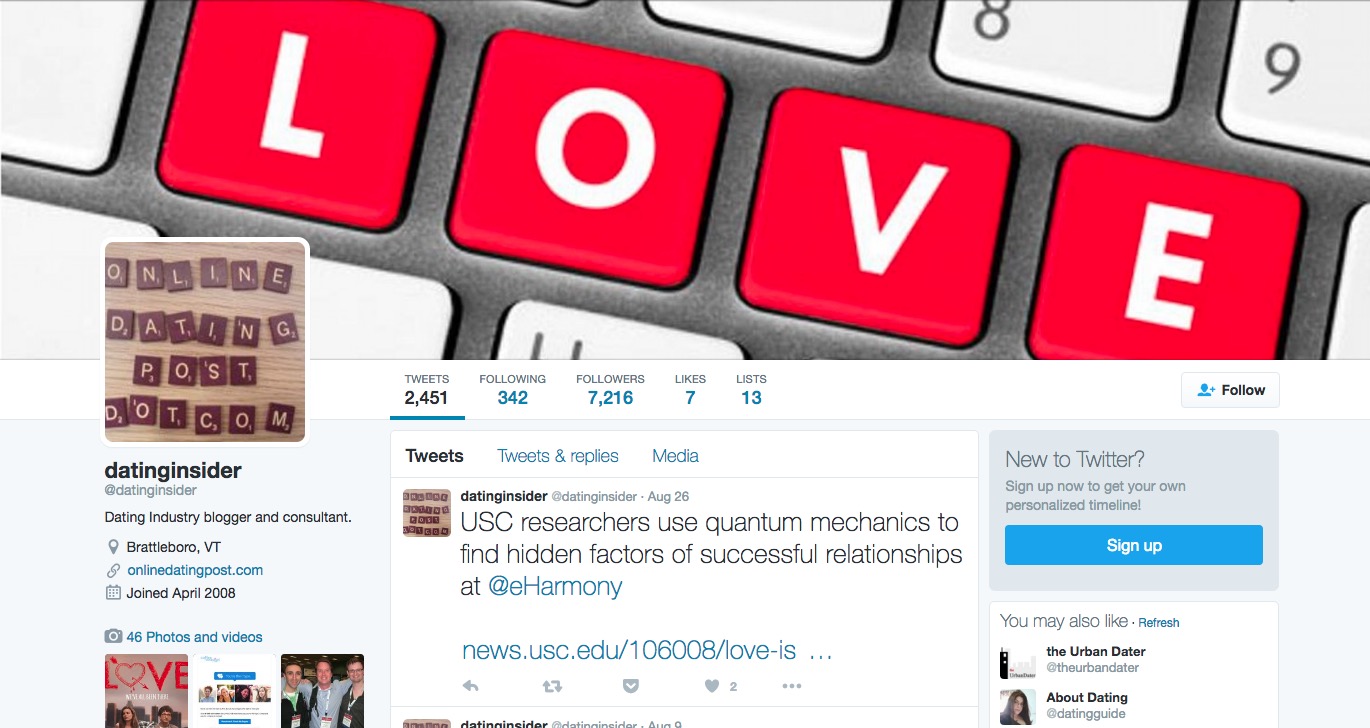The dating site fraud allegation saga continues. Indirectly, they hurt the entire industry. Worst case scenario prediction, they settle out of court with a people duped by a supermodel photo at a time when they were most vulnerable. If it comes to a class-action lawsuit, maybe a few million people get a free month extension on their existing dating site. What does that cost a major dating site? Electricity and bandwidth. 30 days later, we’re back where we started.
Companies that offer background checks have been trying to get dating sites to offer their background check and authentication services to the online dating industry for almost two years now. The industries resistance (costs, integration, fear of being first) has hurt everyone, from other dating sites to, most importantly, the consumer who puts that $20 a month in their coffers.
It could be that all that’s required is a more stringent signup process, including verification, or perhaps dating sites will take a look at social networking to see where they should be headed. Otherwise, the progenitors of Myspace will continue to usurp members at an alarming rate. Soon enough, dating sites may be perceived as virtually indistinguishable from social networking sites.
All dating sites contain a certain number of fake profiles. They are either placed by the service, directly by first-person scammers, or indirectly as in a dating agency scam. How will lawyers identify the origin of “fake” profiles? this is much more difficult than I previously thought.
Dating site A contacts members at the end of their membership cycle via fake profiles, with the goal of extending your membership. Clearly, this is fraud. To be sure, any dating site unethical enough to put up fake profiles or otherwise deceive customers deserves the wrath of Elliot Spitzer. As if consumers weren’t down on online dating already.
Russian dating agency B, which take money from women and posting their photos on dating sites without their knowledge, then demanding exorbitant fees from American men to contact them, clearly is committing fraud.
This type of fraud is incredibly difficult to identify.
Dating site C has scammers directly posting all varieties of fake profiles, and continues to defraud members of the site via various scenarios.
Type B and C scammers will always remain one step of the dating sites. The fraud may occur farther down the timeline, but it always does. Some things will never change.
Dating site D contacts people at the end of their membership extolling the virtues of the service, asking them to stick around, surveying them to find out what went wrong and suggesting solutions that outweigh leaving the service. Not as part of a “We’re sorry to see you go” form letter but a more dynamic form of communication, perhaps in the form on IM’s, emails or even clearly-identified employee profiles (again, acting as community monitors. chat rooms have done this for years.)
Why aren’t they more proactive about keeping their members happy and content? Because until now, no one cared. As long and the burn & churn rate keeps 2k-10k people signing up a day, the site is making money, either from advertising or subscriptions.
At iDate you will find several companies entering the online dating space who are going to force the old guard to change how the run their service and treat customers. New dating sites that take advantage of the new way of dating will have a tremendous effect on the bottom lines of dating sites large and small.
[tags: dating+fraud]

